
Soil Health & Fertilization
We unite suppliers and green industry professionals worldwide
The Gardenia (Gardenia jasminoides) is one of the few flowers that have that pure opulence, romance, and lavish quality.
By Victor Miller
|Published on June 15, 2025
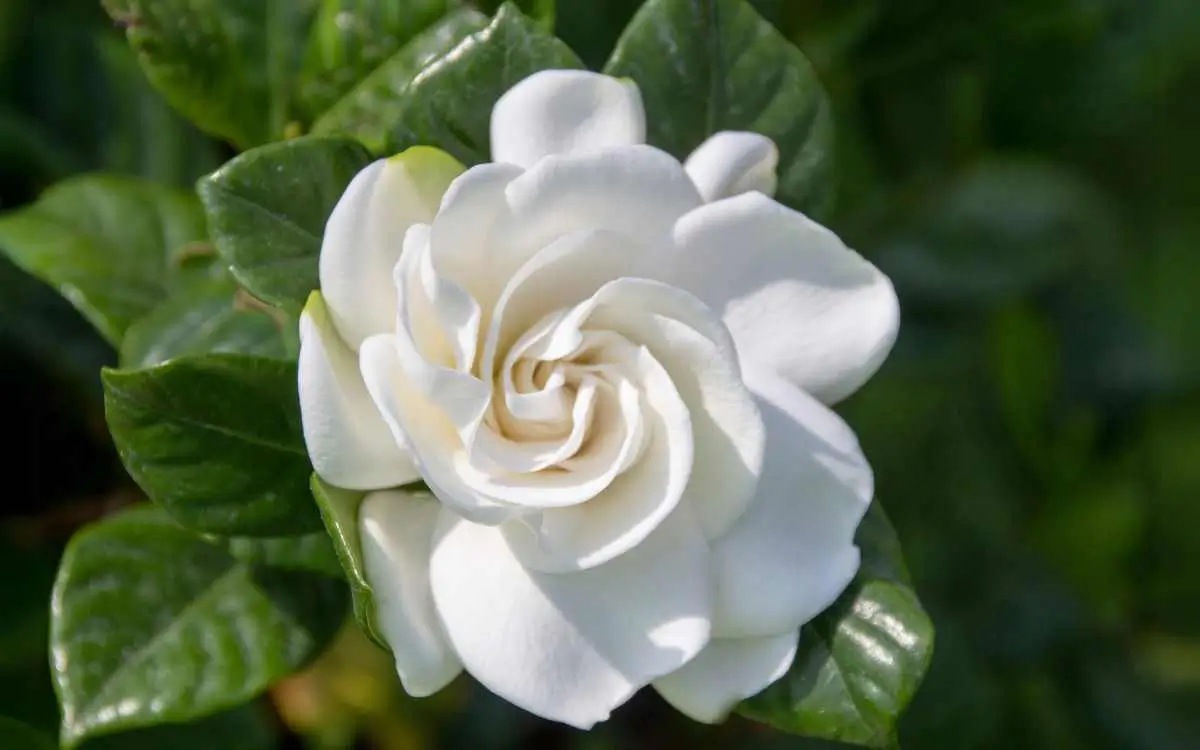

The Gardenia (Gardenia jasminoides) is one of the few flowers that have that pure opulence, romance, and lavish quality. Its creamy-white blossoms, glossy evergreen foliage, and intoxicating fragrance has been a symbol of love, purity, and sophistication. Commonly used in bridal bouquets, perfumes, and ornamental gardens, Gardenias exude an essence of elegance and nostalgia.
Gardenias, while beautiful, can be somewhat high maintenance, needing warm temperatures and humidity, and the right balance of care to flourish. But if they get what they want, they return the favor with stunning blossoms and an aroma to remember. Gardenia is an iconic plant that can be added to your garden, patio, or home to make it look like a tropical paradise.
| Botanical Name | Gardenia jasminoides |
| Common Name | Gardenia, Cape Jasmine |
| Full Size | 3-6 ft tall, 3-4 ft wide |
| Light Requirements | Bright indirect light to full sun |
| Soil | Acidic with high organic matter and well-draining |
| Watering | Regular, likes moist but never soggy soil |
| Hardiness Zones | 8–11 (can be grown indoors in cooler parts) |
| When it blooms | Late spring to early summer, may repeat in warmer climates |
| Flower Color | White, creamy white |
| Growth Rate | Moderate |

September 25, 2025
9 minute read
September 24, 2025
9 minute read
September 23, 2025
10 minute read
September 22, 2025
9 minute read


Join as a seller and connect with thousands of B2B buyers nationwide!
Sign Up
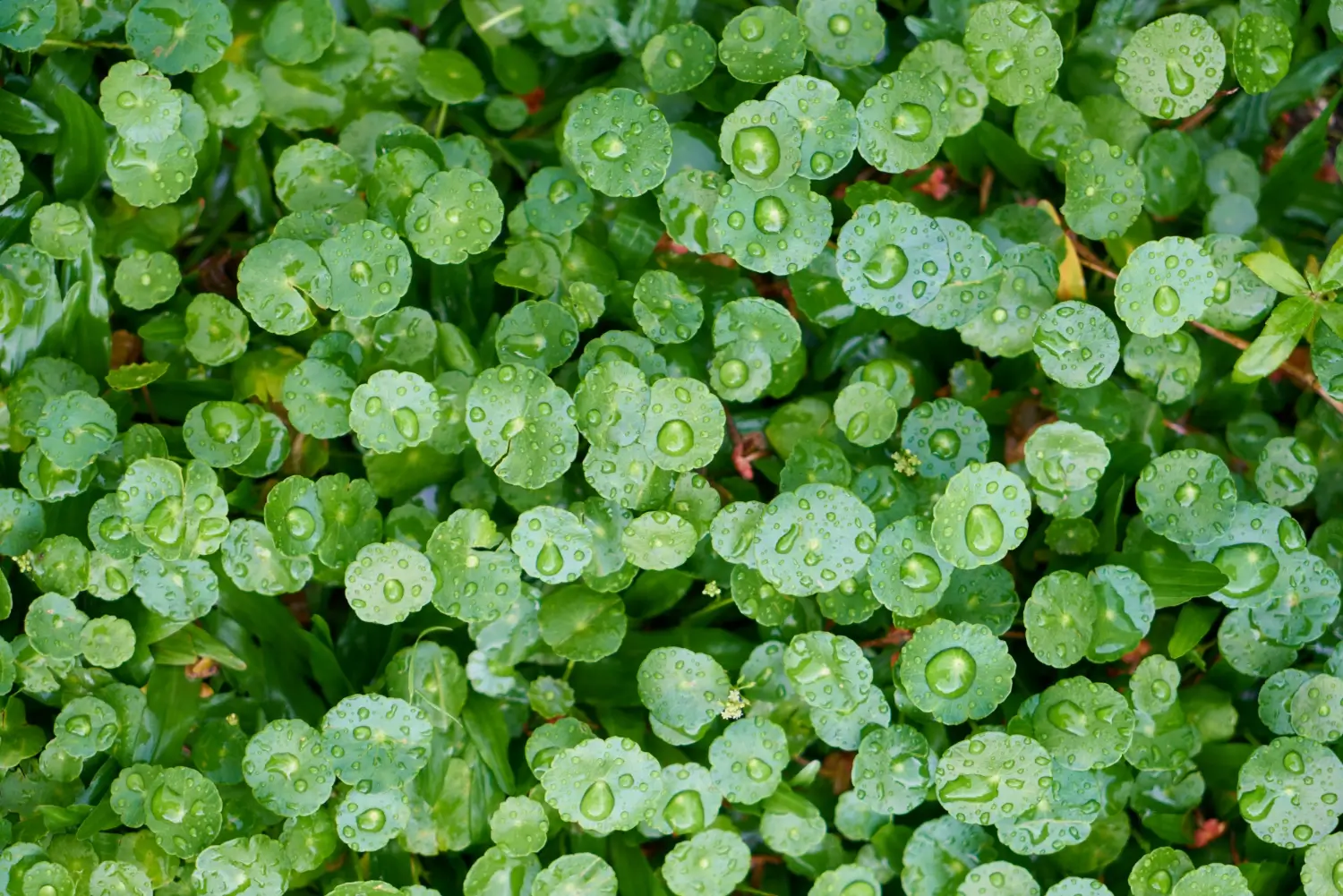
Watercress
A pepper green that’s as spicy as it is fresh
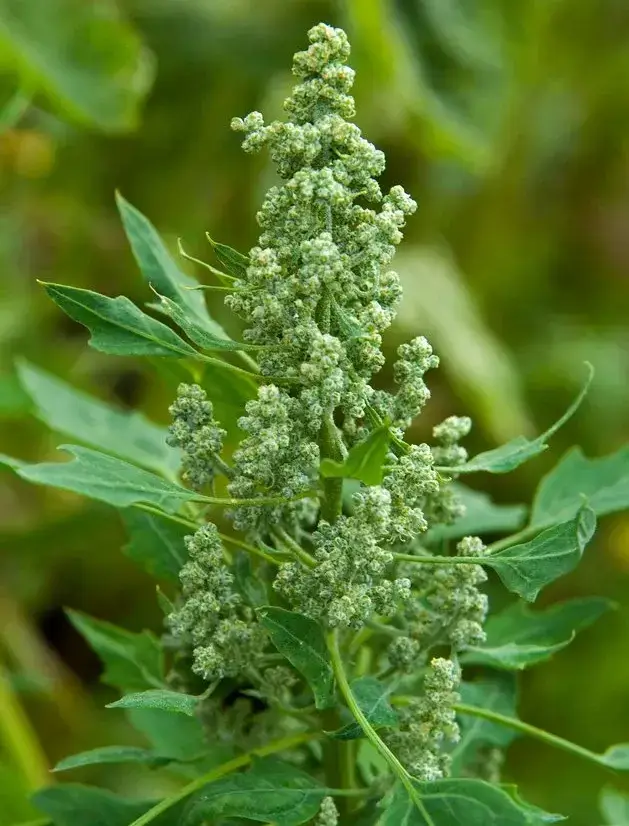
Quinoa
Though a typical grain, quinoa is actually the seed of a flowering plant, and its nutritional profile surpasses those of many real cereals with its high protein, fiber and mineral content.
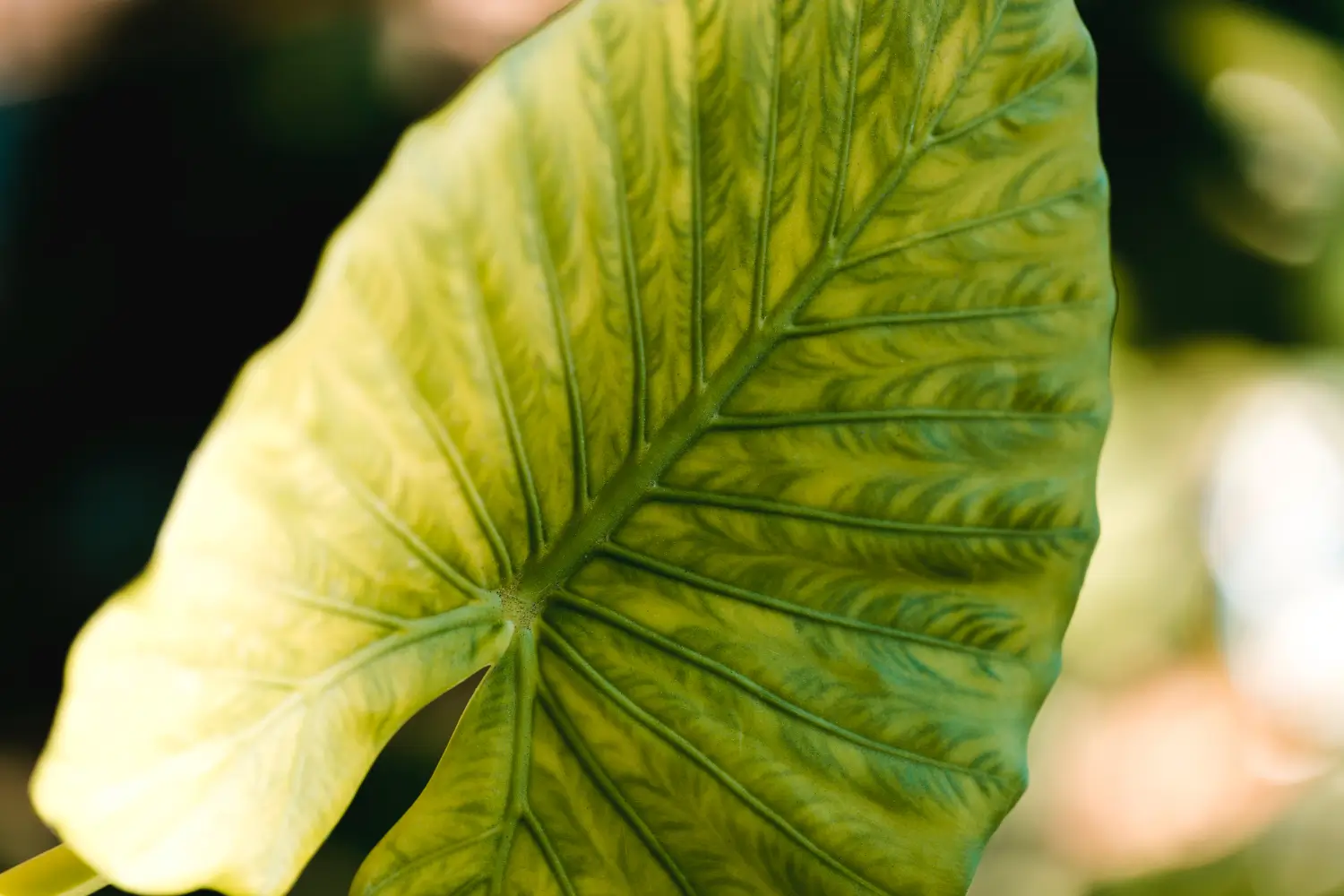
Xanthosoma
A Tropical Beauty That Delivers Drama With Its Foliage and Lush, Exotic Vibe
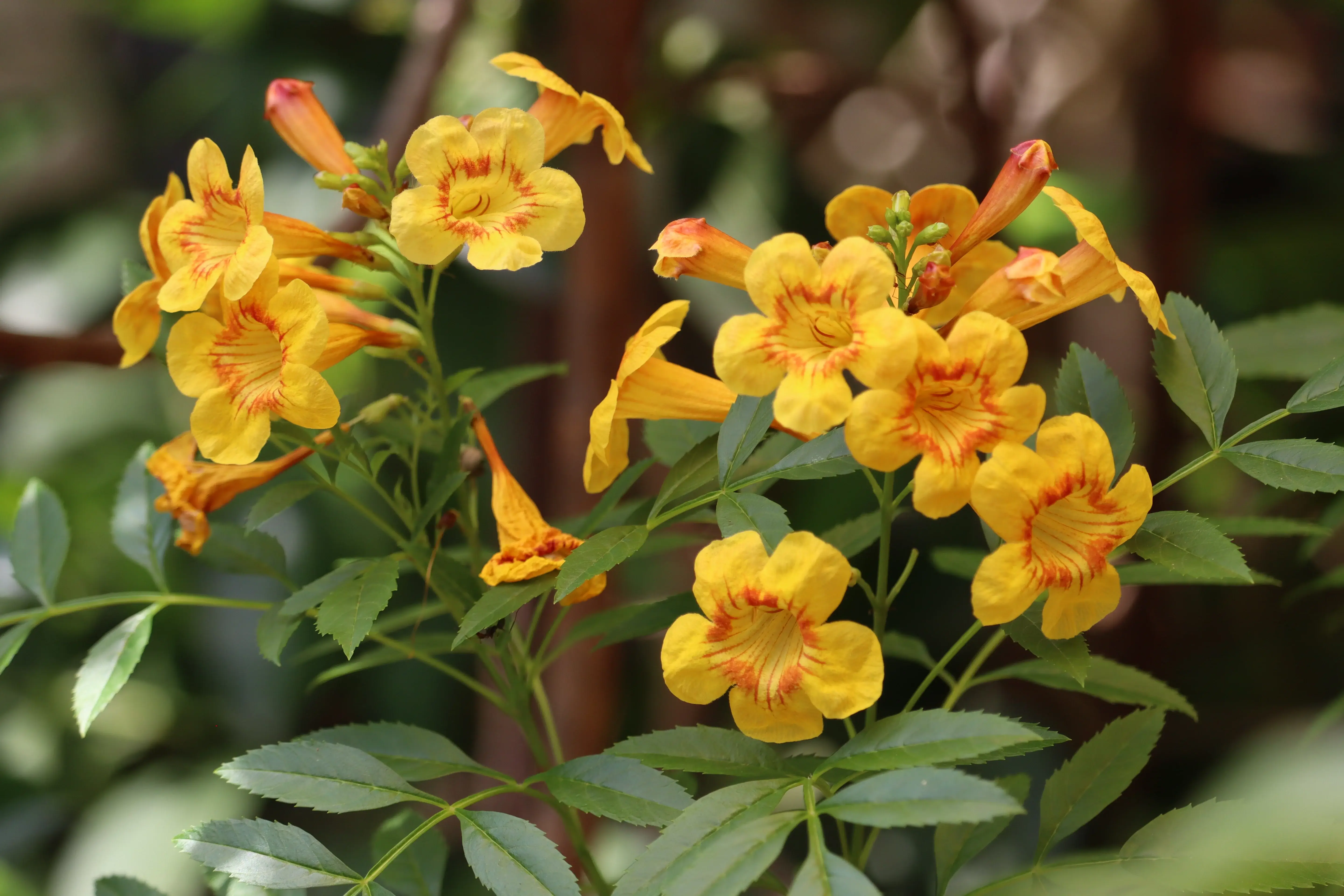
Yellow Bells
A Sun-Loving Stunner That Blooms Without End
Caring for a Gardenia requires attention to detail. It thrives best in warm, humid environments with consistent watering and nutrient-rich soil. Although it can be tricky at times, as they say, know it and love it, and you will enjoy its perfect blooms year after year.
Gardenias need bright, indirect light, or full morning sun, to bloom heavily. They prefer filtered sunlight or partial shade since prolonged exposure to hot afternoon sun can burn their leaves. If they’re being grown indoors, put them by a south- or east-facing window with lots of light.
Gardenias require rich, well-draining, and acidic soil. A pH of between 5.0 and 6.5 facilitates nutrient absorption and reduces yellowing leaves. Adding peat moss, pine bark or compost to the soil increases acidity and helps with drainage.
Moisture consistency is key. Gardenias detest drought or overwatering, so the soil needs to remain consistently moist but never soggy. Water it thoroughly when the top inch of soil is dry, and if you can help it, do this with rainwater or distilled water because it’s sensitive to hard water and high pH.
Pruning regularly keeps Gardenias shapely, and promotes greater flowers. The ideal time to prune is right after flowering, since Gardenias set their buds for next season on old wood. Remove faded flowers, floppy stems and yellowing leaves to encourage a compact and bushy shape.
For indoor Gardenias, light pruning prevents them from becoming too large or unruly.Use sterile pruning shears which may prevent disease.
Gardenias are easily propagated via stem cuttings, providing an effective means of creating another plant from a healthy parent plant.
Gardenias thrive in containers, so they are a perfect plant for patios, balconies and indoors.
Use a well-drained pot and acidic potting mix when growing Gardenias in pots. Clay, or ceramic pots are best, as they can help keep moisture levels in check. Place the plant in bright but indirect light, and turn the pot every so often for even growth.
Since potted Gardenias tend to dry out more quickly, be sure to check the moisture of the soil often and water when necessary.
Gardenias also need some protection for winter conditions in colder climates. Those grown outdoors in zones lower than 8 should be brought indoors prior to the first frost. Put them in a bright, cool room (between 55°F and 65°F) so they don’t get stressed.
A thick layer of mulch around the base insulates the roots for garden-planted Gardenias. Don’t fertilize in late fall, when the plant goes dormant. With care, it’ll come out healthy and ready to bloom again in the spring.
Goldenia flowers are very lovely and aromatic, however a good bloom cycle does not come without care.
To maximize blooming:
After some time, your Gardenia will reward you with fabulously fragrant blossoms that fill the air with happiness.
Gardenias can be sensitive to environmental changes, but most problems can be managed with proper care.
Gardenias are a true garden treasure, with their heavenly scent and beautiful white blooms. Although they need a little more attention, the rewards of endless blooms and a delicious fragrance make every moment spent on maintaining them seem worthwhile. This classic flowering shrub provides an unmistakable touch of grace and elegance wherever it is, whether grown outdoors or in pots or in the house
Iron deficiency or high soil pH causes yellowing leaves. Use an acidic fertilizer and keep the soil pH between 5.0 and 6.5.
They like bright, indirect sunlight or morning sun with afternoon shade. The right amount of sunlight will affect blooming well, while too much harsh sunlight will scorch the flowers.
Keeping a humidifier close, misting the leaves or standing the pot on a pebble tray filled with water keeps humidity levels up.
Gardenias are listed as being mildly toxic to pets. In large quantities, they can cause digestive upset in cats and dogs.

Soil Health & Fertilization
Victor Miller

Pest Identification & Prevention
Victor Miller

Lawn Care Tips & Maintenance
Victor Miller

Soil Health & Fertilization
Victor Miller

Smart Irrigation Systems
Victor Miller

Patios, Walkways & Driveways
Victor Miller

Soil Health & Fertilization
Victor Miller

Pest Identification & Prevention
Victor Miller
My Account
Our team is always here to help.
We are open Monday - Friday, 9:00 AM to 4:30 PM PST.